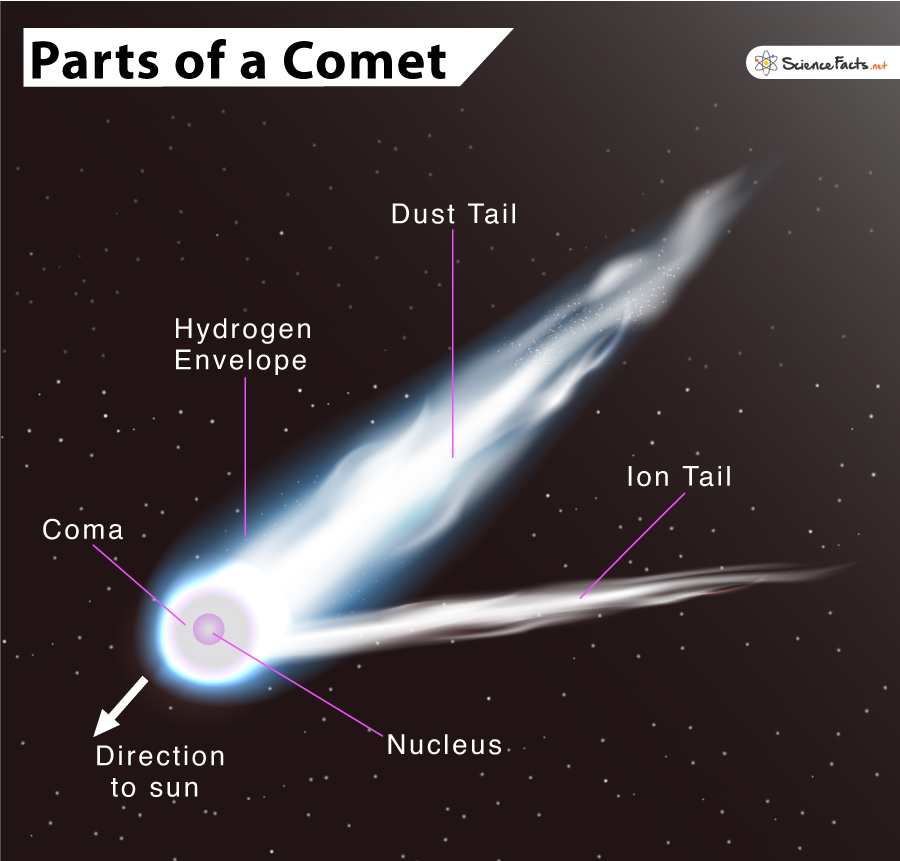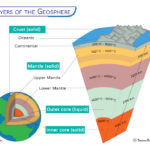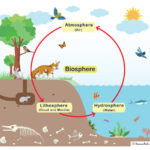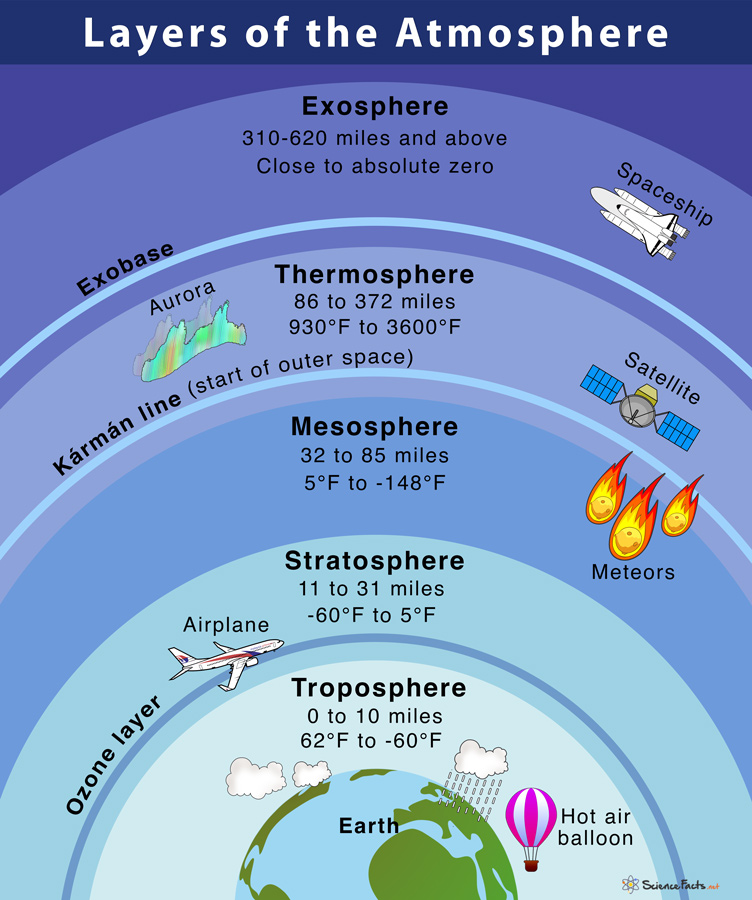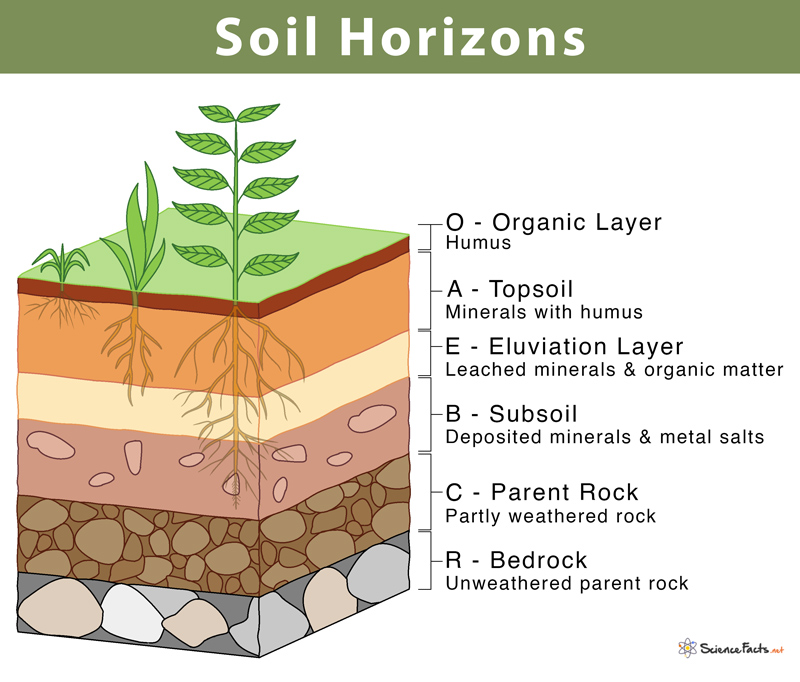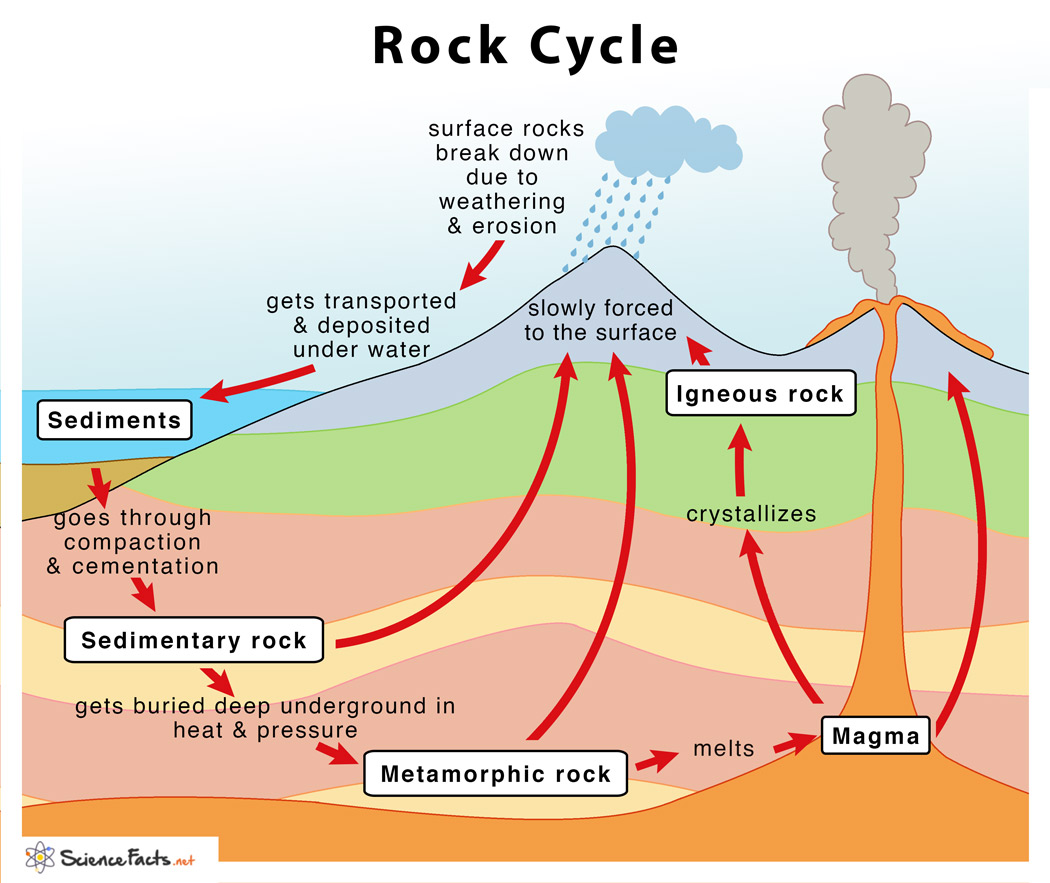Parts of a Comet
Comets are small, fragile, and irregular bodies found in the solar system orbiting the Sun in highly eccentric orbits. They are a mixture of water, dust particles, and frozen gases that are non-volatile. Comets are also called dirty snowballs or ‘icy mudballs’. The word ‘comet’ comes from the Greek word ‘kometes’, meaning ‘long-haired’.
They are significantly smaller in size than planets, with a diameter ranging between 750 meters (2,460 feet) to about 20 kilometers (12 miles). Comets are visible in the night sky only when they are close to the Sun.
Among the most stunning objects in the sky, they appear bright with an ever-changing display for many months when moving in their orbits. They are of great interest to scientists being primitive bodies that originated from the solar system’s formation.
Different Parts of a Comet: Name and Composition
A comet has five different parts: the nucleus, coma, hydrogen envelope, plasma tail, and a dust tail. The nucleus, coma, ion tail, and dust tail are the four visible parts. At the same time, the hydrogen envelope is the only invisible part. Each of the parts with their characteristic features is given below:
1) Nucleus
It is the central solid part of the comet. The nucleus occupies the central position, also known as the core. It consists mostly of ice, gases, and dust particles covered with dark organic matter. The nucleus is often frozen, consisting of carbon dioxide, ammonia, carbon monoxide, and methane. It is sometimes composed of rocks.
The nucleus is usually 1 to 10 km in diameter but can sometimes be as big as 100 km. As the comet reaches the Sun, the nucleus heats up, and gases start escaping from it.
2) Coma
The coma is the most visible portion of the comet surrounding the nucleus. Along with the nucleus, they form the comet’s head. It is a spherical envelope of evaporated gases such as water vapor, ammonia, carbon dioxide, and dust particles. The coma forms when dust and gases sublimate from the nucleus, bypassing the intermediate liquid phase.
It is almost 1,000 times larger than the nucleus and can even become as big as planets Jupiter or Saturn.
3) Hydrogen Envelope
It is the only invisible layer of the comet found surrounding the coma. The hydrogen envelope forms when the comet absorbs ultraviolet light, releasing hydrogen, which escapes the comet’s gravity, forming an envelope of hydrogen gas. It is irregular-shaped, being distorted by the solar wind.
The hydrogen envelope comprises about 60 million miles in length and 6 million miles in breadth, which gets bigger as the comet approaches the Sun. It is invisible from the Earth because the light coming from this layer is absorbed by our atmosphere but is visible by spacecraft.
4) Ion Tail
It is made of electrically charged molecules of carbon dioxide, nitrogen, and water. The ion tail is also called the plasma or gas tail. It forms when the charged molecules are pushed away from the solar wind’s nucleus, converting some gases into ions. It is not as enormous as the dust tail, but accelerates faster than them, moving in a straight line opposite to the comet and the Sun.
The ion tail measures over 100 km long that sometimes disappears and later reappears when the comet crosses a region where the direction of the Sun’s magnetic field is reversed.
5) Dust Tail
It is the layer away from the Sun. The dust tail is made of small dust particles that evaporate from the nucleus, pushing them away from the comet due to sunlight pressure. It is often curved due to the comet’s motion in fixed orbit at the same speed at which the dust moves away, much in the same way as water leaves the nozzle of a moving hose. This acceleration is relatively slow.
It measures up to 10 million kilometers in length. As their distance from the Sun increases, the dust tail fades and is found to diminish.
FAQs
Ans. A comet is found below the big dipper in the northwest sky within an hour after sunset.
Ans. No. Comets are not a part of the Solar System.
-
References
Article was last reviewed on Friday, February 17, 2023

